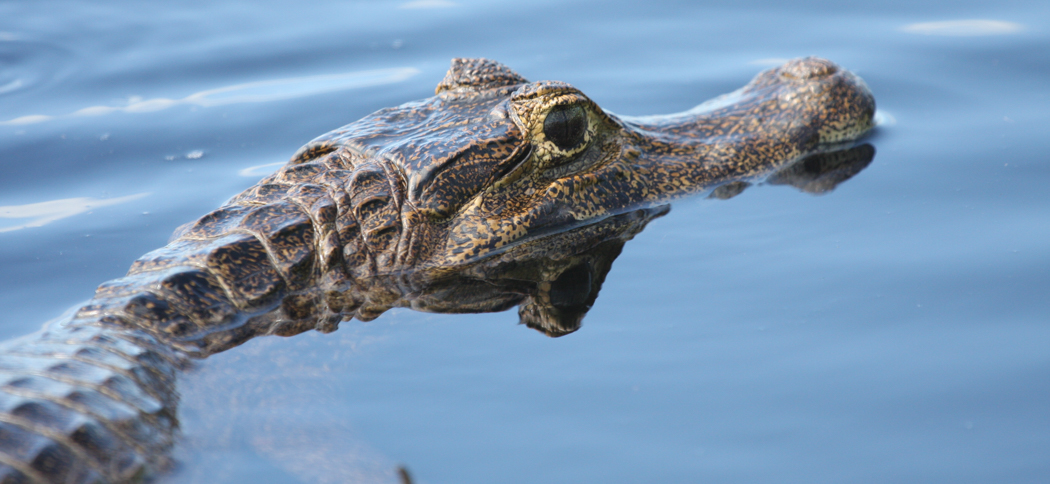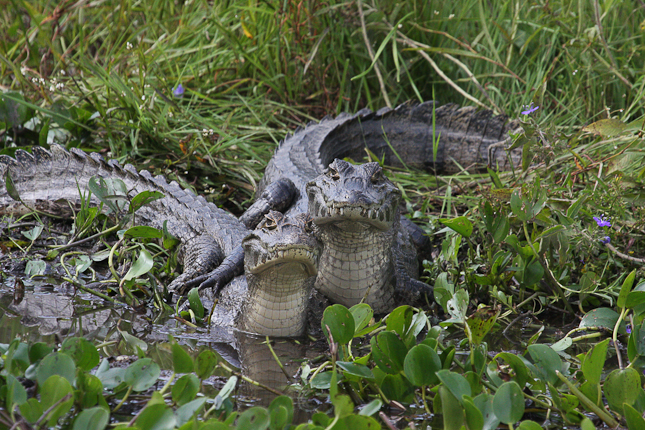
Strange Tails
We're delighted to have a strong population of strange-tailed tyrants at the reserve. So much so that we've adopted these beautiful and endangered birds as the symbol of the Trust
The growing diversity of the animals of Reserva Don Luis is a fresh source of delight every time we return. We don't play favourites, but it's impossible not to engage more with some of our more conspicuous guests. One of these is the strange-tailed tyrant. The male is stoic in his tolerance of one of nature's strangest - and it would seem least practical - adaptations. He's willing to suffer to be beautiful, and somehow manages to fly with tail feathers that were surely designed for a bird three times his size.
We love his perseverance; his resolution to succeed against challenge, and his ability to prove that anything is possible. He's appearing in growing numbers on the Reserva Do Luis, and his success has become an allegory for, and a symbol of, our own.
When we started the process of updating and redesigning our website, we wanted to adopt an image that symbolised our aims and our challenges. This brave little flycatcher, with his indomitable character, was the perfect choice.
The logo is a stylised profile of a male tyrant, silhouetted against the sunrise. We coloured the sun the blue of the Argentinian flag in honour of this country's beauty, its climate and the breathtaking span of magnificent animals that it nurtures.

Bat Research
Our bat team is conducting bat research both in the Ibera Marshes and in other provinces. We are especially concentrating on Misiones at the moment where we find the largest bat in Argentina, Chrotopterus auriitus and Myotis ruber, two species that we are researching.

Spectacled Caiman
Caiman yacare
We have literally hundreds of these Spectacled Caiman at the reserve especially in the wet areas in the south. They suffered a bit during the drought in 2012 though and some of them may have been caught out in the fire of June 2012. Now we have returned to be a wetland they will be much happier with more fish in the ponds and lagunas to eat.
They can grow to a length of about 2m and can weigh 50kg. Like all reptiles, they thermoregulate and need the heat of the sun to enable them to move.
They are unusual for reptiles in that the female rears its offspring who stay with the mother for several months. They can be quite protective toward their young and this is the only time when they may show some agression.
Like the Capybara, this reptile has its eyes, ears and nostrils high on the head which enables it to swim almost completely submerged so they are difficult to spot when in the water. When it is warm they like to bask in the sun on the banks of the pond or stream and can move quite rapidly at times. When it is cold or hot they stay in the water.


